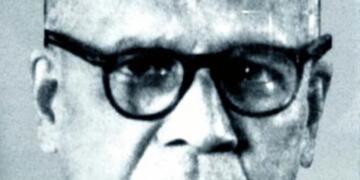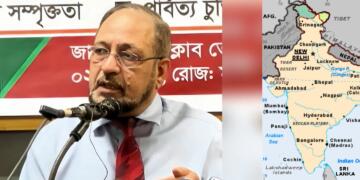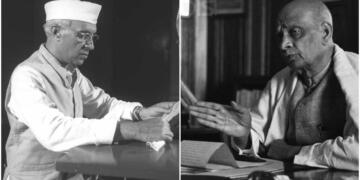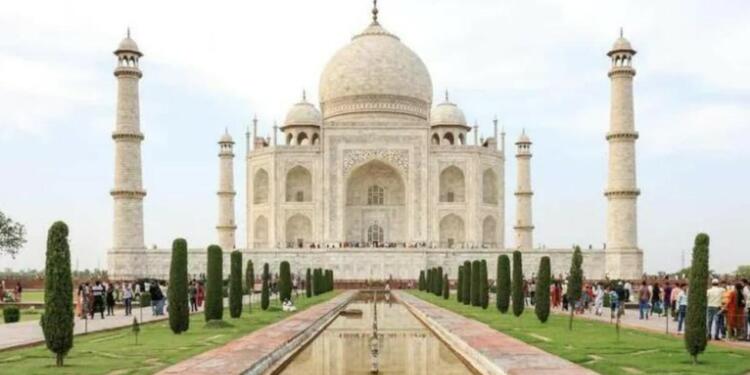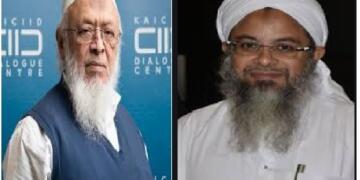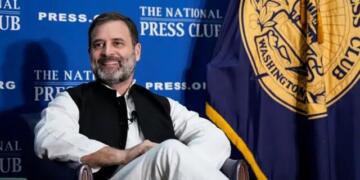- Recently a petition to open 22 closed gates of the Taj Mahal was rejected by the Lucknow Bench of Allahabad High Court
- Government needs to devise a mechanism to bring out full truth in the public forum
If we have to point out one single reason for which Democracy is preferred over other forms of government, then it is Freedom of Expression. Aligned with this noble idea is Freedom of Knowledge and truth. That is why it becomes imminently important for the world to know the full truth behind Taj.
Allahabad High Court rejects petition
Once again Taj Mahal has found itself in the middle of a controversy. Various rounds of battles about the origin of the building have failed to produce any satisfactory result. This time the Allahabad High Court quashed a petition requesting for opening up of 22 sealed doors and the removal of certain structures to facilitate the renewed study of the building.
Petitioner Rajneesh Singh wanted a thorough study to be conducted. But, the Lucknow Bench of the esteemed High Court said that it is beyond their scope of jurisdiction to pass any order in this regard. “As to which subject should be studied or researched or which topic of a particular area or discipline needs to be researched are not the issues where this court possesses any judicially manageable standards to adjudicate upon,” said the High Court.
The genesis of the controversy
The ongoing tussle, which unfortunately has been going on for the better part of the last 3 decades, is creating a dent in Taj’s image as a tourist destination. The theory that the Taj Mahal is not a tomb of Mumtaz, but an ancient Shiv Mandir started to take shape during the early 1990s. In 1989, P.N. Oak, former Freedom Fighter and historian, published a book titled ‘Taj Mahal: The True Story’.
In his book, Oak wrote that the original name of the structure in question was ‘Tejo Mahalaya’. According to him, ‘Tejo Mahalaya’ was forcibly taken by Shah Jahan from Jai Singh, the Maharaja of Jaipur.
Read more: Statue of Unity earned 3 times more than the Taj Mahal in the last 12 months
Oak’s theory did not find much traction
Slowly, the theory started to circulate in the country and was picked up by the people advocating that modern India should recognise its thousands of years old legacy of Bharatvarsha. Encouraged by the increased support for his theory, Oak filed a petition in the Supreme Court in the year 2000. He asked the Court to declare it as a monument built by a Hindu ruler. The court dismissed the petition effectively saying that he is obsessed with the Taj Mahal.
Later, the issue stayed on the back burner for a few years as the academicians and other scholars having control over the intelligentsia did not favour the narrative. This is the primary reason why Oak had approached the Supreme Court in the first place. During the last 5 years, the issue started to re-emerge in public forums.
Resurgence of the ‘Tejo Mahalaya’
Several esteemed individuals including people like BJP MP Vinay Katiyar, a member of the Upper House of Parliament also raised their voices in support of Oak’s argument. Various RTIs have been filed in this regard as well. ASI had said that there was no such record available with it. In 2017, the Central Information Commission (CIC) referred the question to the Union Culture Ministry as well. But there has been no clarity to this date.
On 12th May, India Today reported that Saket Gokhale, Trinamool Congress spokesperson filed another RTI in order to confirm the entire history. He asked whether there is any historical document available with the organisation which confirms that the Taj Mahal has a Hindu legacy. His second query was regarding the existence of locked chambers alleged to contain Hindu Murtis inside them.
Read more: Women perform Puja in mosque inside Taj Mahal premises
ASI and new claims
A few days later, ASI released some photos of the controversial structure. Apparently, the photos released were of the two spots (out of 22) where maintenance work was undertaken in closed underground cells. The photos were blurred in nature and it did not make any sense to release such bad quality photos at a time when a high-resolution quality camera is available in the mobile handset of an average person. Photos did not quell any questions, instead, they ended up increasing confusion.
Meanwhile, Princess Diya Kumari, the granddaughter of Man Singh II has claimed that the property on which Taj is standing belongs to her family clan. She also asserted that she can produce documentary evidence for her claim.
Authorities need to clear the air
The rate at which controversy is gathering momentum is not good for Agra as well as the whole country. It does not matter whether Indians have respect for it or not, but for foreign tourists, the Taj Mahal is the 7th wonder of the world. They flock in large numbers to witness the ‘monument of love’. Its popularity in foreign countries can be compared to the popularity of Hindu pilgrimage destinations like Kashi, and Mathura among others. Even Indians who do not know Mumtaz’s status in Shah Jahan Harem’s also visit the building in large numbers.
Read more: Miraculous turnaround of Taj Mahal tourism under Yogi Government
But 7 to 8 million visitors would also want to know the real truth behind the places they visit. In the wake of this controversy, it is entirely possible that they start to treat the building as a sham. Given that both sides are not going to compromise on their position in the near future, it becomes imminent for the government to take some steps towards bringing out the full truth.
All the other party is asking for removing the suspense around 22 closed doors inside the building. All authorities need to do is open the gates, conduct a videography survey and excavate if there is some confusion. Yes, it is inconvenient, but it will certainly be better than the biggest crime by any legitimate authority in Democracy. The crime of keeping the public in opaqueness.



